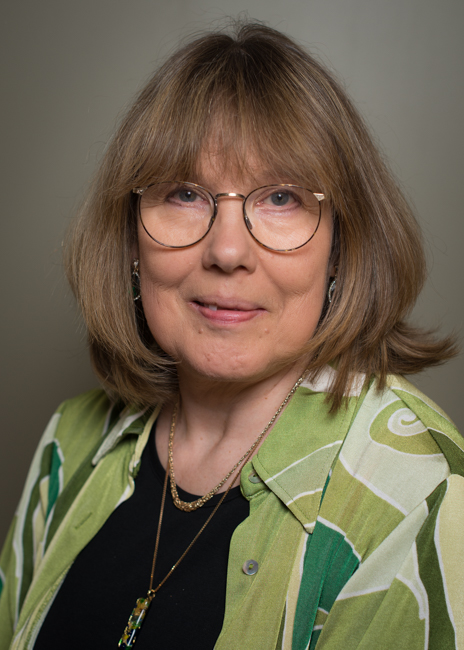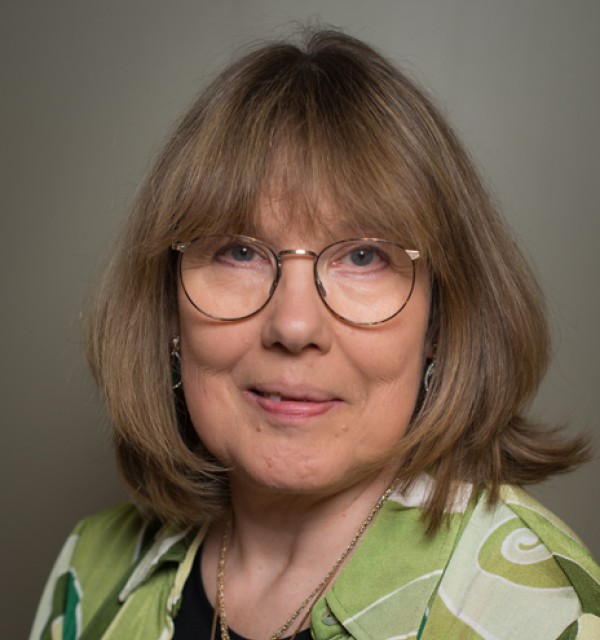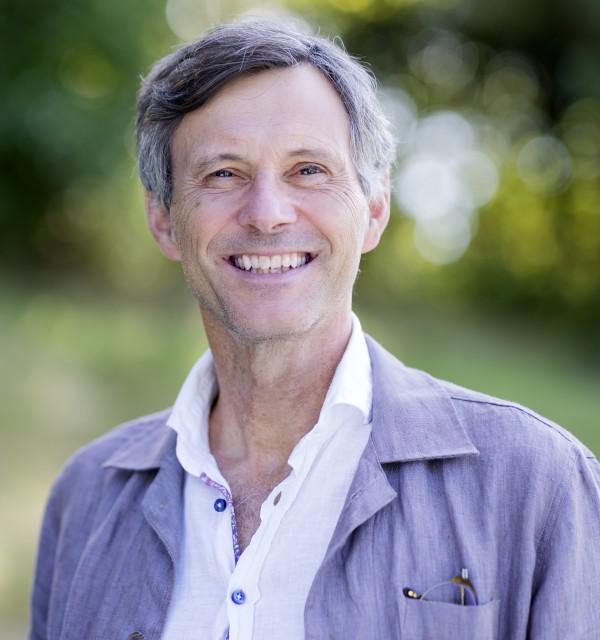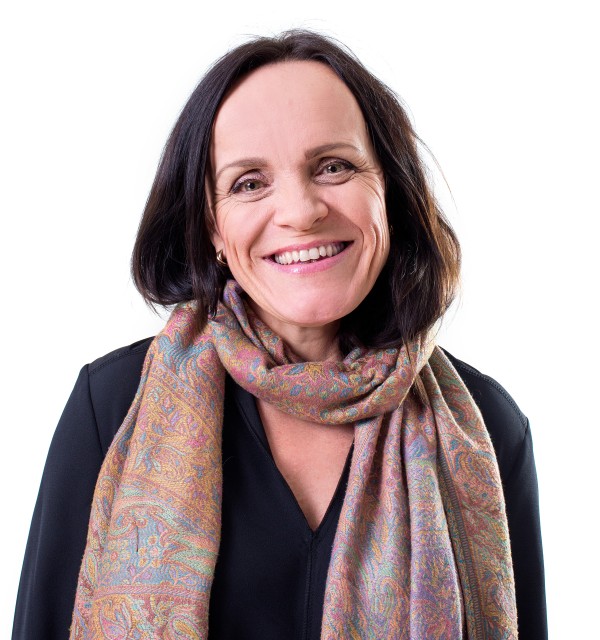Professor Merja Stenroos has been awarded the most prestigious grant from the EU, the European Research Council (ERC) Advanced Grant. It is the first time a UiS research project has been awarded a grant from the ERC.
The European Research Council (ERC) Advanced Grant is considered the most prestigious of all EU grants. The grant is now for the first time awarded to a UiS researcher.
Professor Merja Stenroos has received 2.5 million euros for the project LiTra - ‘Linguistic Traces: low-frequency forms as evidence of language and population history’. The project aims to study low-frequency variation in language and explore its potential to reconstruct early language and population history.
"This is a great achievement! The ERC Advanced Grants are directed at established researchers with a track record that shows them to be leading within their field.
"Strong research university"
"The grant is not only a major distinction for Professor Merja Stenroos, but also for the Department of Cultural Studies and Languages and the Faculty of Arts and Education. It is a grant that confirms the position of UiS as a strong research university" says Merete Vadla Madland, vice-rector for research at UiS.
Dean of the Faculty of Arts and Education, Odd Magne Bakke, follows up:
"Firstly, I would like to congratulate Stenroos, the Department of Cultural and Linguistics and the entire faculty on receiving the grant! It is a great recognition of the expertise she has acquired through extensive and years-long research into medieval English."
The dean points out that receiving the grant shows that even though the faculty does not have a large professional environment in the humanities compared to several other universities in Norway, it is possible to get approval for the most prestigious calls for proposals where quality must be the only criterion.
The project will result in a unique text corpus of historical English documents, made searchable so that it can uncover very small patterns - linguistic traces - of earlier language contacts and interactions. Such traces may form a powerful means of reconstructing the past, especially when combined with the findings of genetics and archaeology, and help shed light on past linguistic areas as well as the survival of local and regional identities.
Celtic and Scandinavian speakers
The team will study specifically the role of Celtic and Scandinavian speakers in the early development of English, but, if successful, the method can be used for other languages and populations, including present-day ones.
The ERC evaluation panel characterized the proposal as ‘important and novel’ and noted that Stenroos has ‘previously proven to conduct and coordinate groundbreaking research’.
Stenroos has led a research team at the University of Stavanger for many years, making the institution known as a leading centre of research in late medieval English (or Middle English). The team will now receive a great boost, as the project will employ two postdocs and two PhD students, as well as several research assistants.

"Fantastic support"
Stenroos receives the ERC Advanced grant on her first attempt.
"I have had some fantastic backing from the Research Department at UiS, as well as from colleagues who have generously read and commented on the proposal. It takes time to produce a good proposal and the field is very competitive, so I am really happy and excited about the grant."
As a linguistic and historical project, LiTra is focused on primary research: exploring historical materials and asking fundamental questions about how variation in language works, and what we might learn from it.
"This is research that aims to expand our knowledge, and that may have unexpected applications", Stenroos says.
Using technological advances
"Basically, linguistic variation is everywhere, and we are surrounded by small patterns of rare words and structures that nobody studies systematically because they are so rare. At the same time, such patterns may carry information that is otherwise lost in the ‘mainstream’ of language change. We are now in a position to use technological advances - including neural networks-based tools - to identify these kinds of ‘micro-patterns’ in historical texts. If this is successful, it may change the way we think about linguistic variation. If less so, we will still produce a great resource for language history."
The project will run for five years and will include colleagues at the University of Stavanger as well as PhD students, postdocs and a team of experts from other universities, including Glasgow and Helsinki.
In this article:
Department of Cultural Studies and Languages


